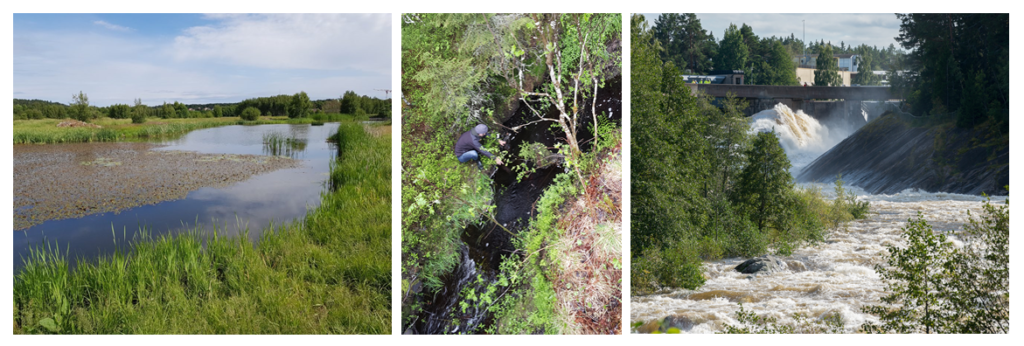
Quality-assured methods multi-species surveys (Metabarcoding)
We have a fully developed and quality-assured process for eDNA-inventories. From water sampling to results that show the complete diversity of species of fish, amphibians, vertebrates and so forth. We have performed more than 50 projects based on metabarcoding with good results since 2018. During method development and verification of the fish metabarcoding methodology, we found that all species that had been detected using exploratory fishing over 50 years in 40 sampled lakes had been detected using eDNA. Further, we found new species that subsequently could be verified. The method is highly reliable in describing the species composition of fish and works equally well in the ocean, standing and running water.
Quality-assured methods for single species analysis
We have also fully developed well-functioning processes to analyse species individually. This concerns e.g. great crested newt, otter, round goby, European crayfish , amphibian chytrid fungus and several other species. Concerning species that have not previously been analysed by AquaBiota an additional start-up fee is required, as additional preparations are needed for the genetic work.
Single species analysis is often based on qPCR-analysis. This method is slightly more sensitive for single species detection and significantly cheaper. This makes the method particularly suitable for screening for invasive or rare species.
As a rule of thumb, analysis of up to 3 species with single specie analysis tends to be cheaper than a metabarcode analysis.
Development projects
As development projects, we offer to test new investigation methods, or completely new approaches, based on the client’s needs or within funded research projects. These development projects are commonly carried out in collaboration with research institutes working with eDNA, with the goal that they will result in new quality-assured methods. One of our current developments is within a research project where genetic analysis in rivers is used to track source of faecal contamination.